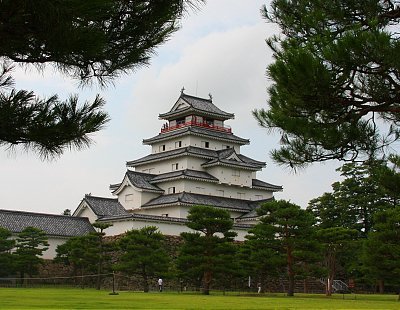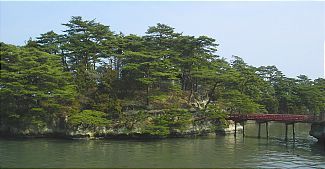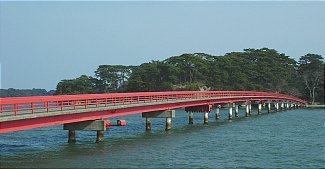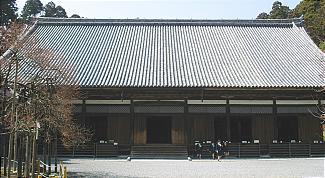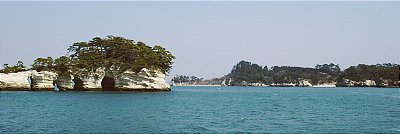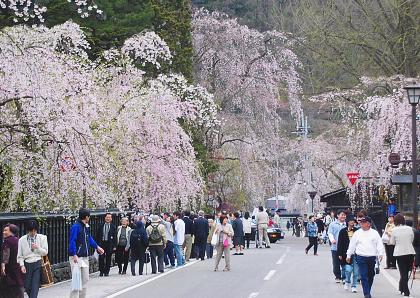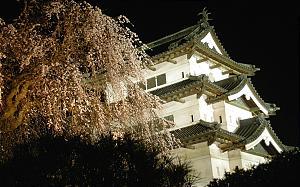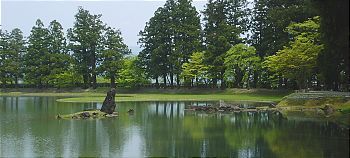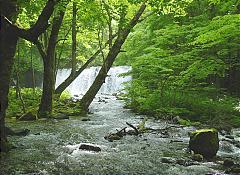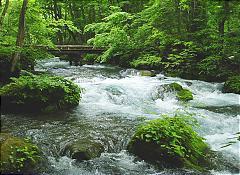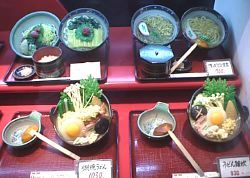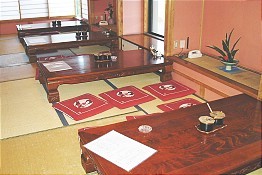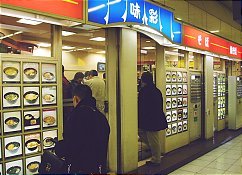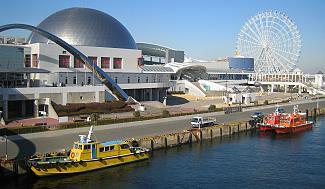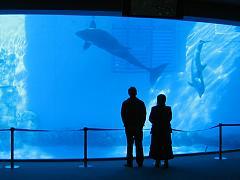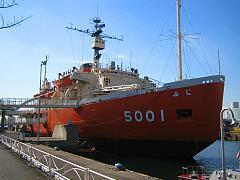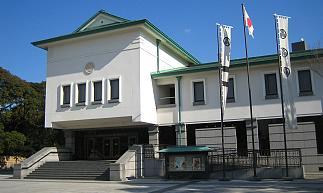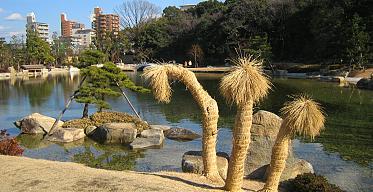Japanese names  |
| basic information |
Name order:
In Japan, like in China and Korea, the first name follows the family name. A person with the first name "Ichiro" and the family name "Suzuki" is, therefore, called "Suzuki Ichiro" rather than "Ichiro Suzuki".
Family names:
Most Japanese family names consist of two kanji (Chinese characters). The meanings of many of the kanji used in family names are related to nature, geographical features or locations, for example, mountain (yama), tree (ki), rice field (ta), island (shima), village (mura), bridge (hashi), between (naka), below (shita) etc. Some of the most common Japanese family names are Sato, Suzuki, Takahashi, Tanaka and Watanabe.
First names:
Japanese first names also commonly consist of two kanji. The meanings of those kanji are often positive characteristics such as intelligence, beauty, love or light, names for flowers, the four seasons and other natural phenomena, or the order of birth (first son, second son, etc.).
Since quite a few kanji have identical pronunciations, first names that are pronounced the same, are not necessarily written with the same kanji. For example, there are about five common versions for the popular female first name Yoko, depending on the kanji for "Yo".
Not seldomly, the gender of a person can be guessed by the ending of his/her first name. First names ending with -ro, -shi, -ya, or -o are typically male first names, while names ending in -ko, -mi, -e and -yo are typically female first names.
The names of foreigners are usually written in katakana.
Titles:
The Japanese commonly address each other by last name. Only close friends and children are usually addressed by first name. In addition, people rarely address each other just by name, but usually attach an appropriate title to the name. There is a large number of such titles depending on the gender and social position of the person you are addressing. Some of the most frequently used titles are:
- san: (for example Sato-san)
This is the most neutral and famous title, and can be used in most situations. Only in formal situations, san may not be polite enough. - sama: (for example Sato-sama)
This is a more polite form of san, commonly used in formal situations and letters, but too polite in a casual context. - kun: (for example Yusuke-kun)
This is an informal title used for boys and men that are younger than yourself. - chan: (for example Megumi-chan)
This is an informal title used for young children and very close friends or family members. - sensei: (for example Sato-sensei)
This is a title used for teachers, doctors and other people with a higher education and from whom you receive a service or instructions.
Seimei Handan:
Seimei handan or name diagnosis is a type of fortune telling concerning names. Its theories center around the number of strokes that are required to write the characters of a name. (Note that there is a defined number of strokes for every Japanese character).
Depending on the total number of strokes, and the sums of strokes for different parts of a name in relation to each other, a name is considered more or less auspicious. Some people consult seimei handan when selecting their child's name or their own artist name.
